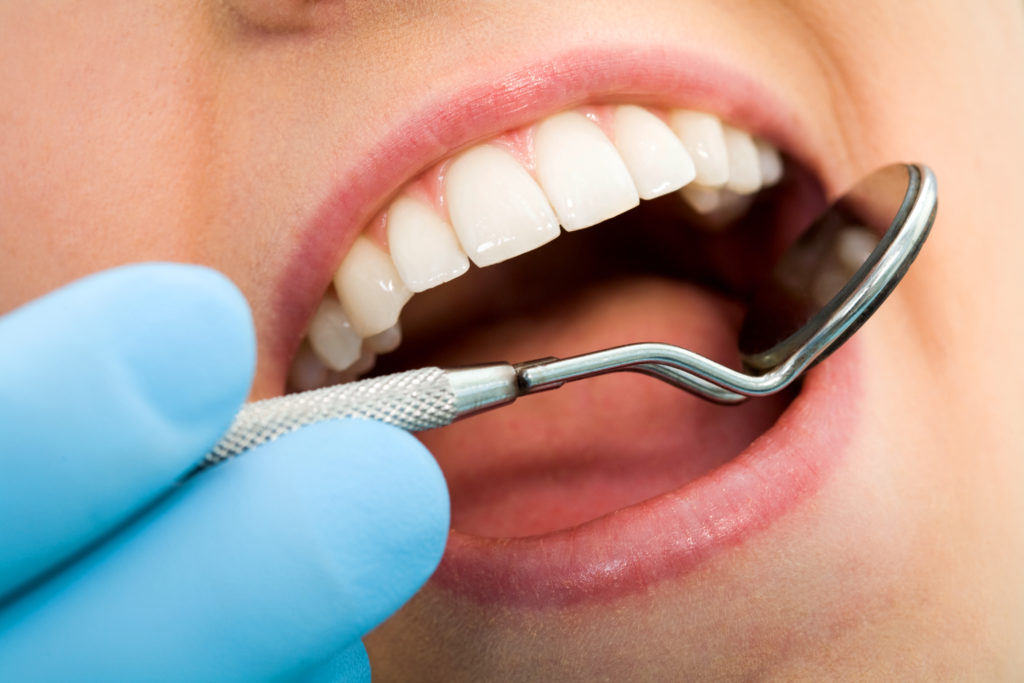
In 2009, the International Academy of Oral Medicine and Toxicology (IAOMT) made a clear statement about the dangers of mercury in amalgam dental fillings.
“It is incompatible with current, valid scientific evidence to continue to endorse or otherwise condone the use of a permanently implanted material in teeth that continuously emits a very potent enzyme inhibitor and metabolic toxin,” read a statement. The IAOMT’s public position marked the beginning of a legal battle with the FDA concerning the health of dental patients across the country.
Lawsuit against the FDA: Mercury Should be Banned
In 2014, attorney James M. Love filed a lawsuit against the U.S. Food and Drug Administration (FDA), claiming that

it was ignoring calls for a formal ban or at least a reclassification of mercury use in the country.
Years of research have concluded that mercury:
- Poisons the endocrine and reproductive systems
- Is a neuro-toxin that affects mental and emotional health as well as memory and cognitive skills
- Can affect the digestive system
- Is a metallo-estrogen, according to an Australian study conducted in 2005, and can significantly stimulate the growth and spread of Breast Cancer cells.
“We have banned mercury in disinfectants, thermometers, and many other consumer products,” states IAOMT President Griffin Cole, DDS.
“There is no magic formula that makes mercury safe when it’s put into our mouths. It’s inexcusable to use mercury in dental fillings when there are much safer alternatives.”
In the U.S., dental offices are the #1 source of mercury wastewater that eventually leaches into public waterways, landfills, the atmosphere, and fertilizers. Dental offices account for between 35 to 57 percent of mercury consumption. Besides amalgams, mercury is still legal to include in the ingredients of mascara, eyeliner, and other eye makeup. In addition, seven to nine metric tons of mercury per year are released from the act of cremation alone. After mercury enters the environment, it can turn it into methylmercury, a highly toxic form of the substance that can build up in fish, shellfish, and people.
A recent report commissioned by the International POPs Elimination Network (IPEN) and the Biodiversity Research Institute (BRI) urged the need for an immediate overall reduction in emissions of mercury. A brief glance at the research explains why. The report found that over 80% of humans (based on hair samples from around the world) had dosages of mercury within them that exceeded safe levels, as defined by the U.S. Environmental Protection Agency (EPA).
Another investigation found that in 43 to 100 percent of fish samples studied from 9 different countries, mercury exceeded “safe” levels for consumption.
Dental fillings can release between 10 to 15 micrograms of mercury per day per amalgam into the body. Roughly half of American dentists still use amalgam fillings on their patients.
Amalgam Separators Could Reduce Mercury Pollution in the Water
The best solution to the harmful effects of mercury pollution would be, of course, to ban all use of mercury for dental use. A step in the right direction, however, is what the U.S. EPA has proposed; the agency is promoting a rule (supported by the American Dental Association) that would require all dentists in the United States to use “amalgam separators” in their offices by summer 2016. The separators would lessen the environmental effects of mercury by cheaply removing amalgam debris from office wastewater.
Some suspect foul play, however, as to the actual enforcement of the rule, which has been postponed since last year. Another lawsuit filed against multinational corporation Henry Schein, Inc. by the law firm Gerard Fox Law P.C. alleges that Schein, which deals in dental supply, has been putting public health in jeopardy by buying up health compliance companies with the aim of making standards compliance easier for the dental clients that they work with. A 2012 study published in the Journal of the American Dental Association found that most dental offices were not in compliance with Centers for Disease Control and OSHA standards for infection and ran the risk of spreading illnesses such as Hep A, B, and C as well as staph.
What You Can Do To Remove Mercury and Protect Your Health
One of the most important things you can do on your healthy breast journey is to remove any amalgam fillings from your mouth as soon as possible. Most people don’t realize that the “silver” fillings that they have could, in fact, be made up of 50% toxic mercury. Take extreme caution, however, when having them replaced. Make sure you work with a Biological or Holistic dentist that knows about mercury dangers, has the right training and equipment as well as a safe, clean office setting. You can find a qualified biological dentist by visiting the International Academy of Biological Dentistry and Medicine or the Holistic Dental Association.
You can also use this list of questions and interview your dentist BEFORE you open your mouth and let him or her work on you.